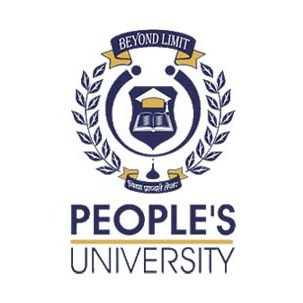In education, technology has become an indispensable tool for shaping the way of teaching and learning. From interactive whiteboards to virtual classrooms, technology has revolutionised traditional educational methods, offering both opportunities and challenges. Let’s see some positive and negative insights.
Pros:
Technology has democratised education, breaking down geographical barriers and providing access to learning resources for students worldwide. Online courses, educational websites and digital libraries have made it possible for individuals to pursue education regardless of their location or socioeconomic status.
With adaptive learning platforms and educational apps, students can receive personalised instruction tailored to their individual learning styles and pace. Interactive multimedia tools, simulations and educational games make learning more engaging and immersive. These interactive elements stimulate curiosity, creativity and critical thinking skills, fostering a deeper understanding of complex concepts.
Textbooks are no longer the sole source of educational material. Technology enables the integration of multimedia content such as videos, animations and virtual reality simulations, enriching the learning experience and making abstract concepts more tangible and comprehensible.
Cons:
Despite the increasing accessibility of technology, the digital divide persists, with disparities in access to devices and internet connectivity among students from different socioeconomic backgrounds. This inequality exacerbates existing educational inequalities and limits the learning opportunities of marginalised communities.
The continuous presence of smart phones, tablets and laptops in classrooms can be a double-edged sword. While technology enhances learning, it also poses distractions, leading to multitasking and reduced attention spans. Overreliance on technology can hinder students’ ability to concentrate and develop critical thinking skills.
The collection and storage of student data by educational technology companies raise concerns about privacy and data security. Inadequate safeguards may expose sensitive information to breaches, leading to identity theft or misuse of personal data. Protecting students’ privacy in the digital age requires robust policies and ethical practices.
Prolonged exposure to screens and sedentary behaviour associated with technology use can contribute to digital fatigue and health problems such as eye strain, musculoskeletal disorders and sleep disturbances. Balancing screen time with physical activity and promoting digital wellness are essential for maintaining students’ overall well-being.
Despite the benefits of personalised learning, excessive reliance on technology may lead to the depersonalisation of education, diminishing the role of human interaction and mentorship in the learning process. Embracing a balanced approach to technology integration, grounded in pedagogical principles and ethical considerations, is essential for realising its full potential as a catalyst for educational advancement.



